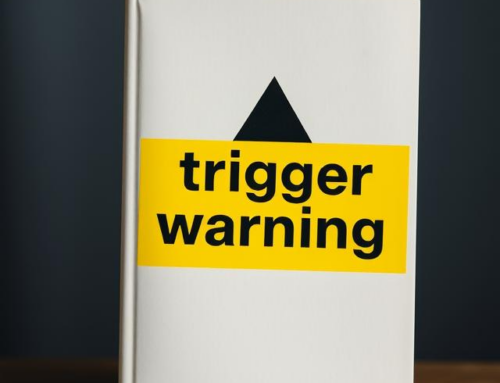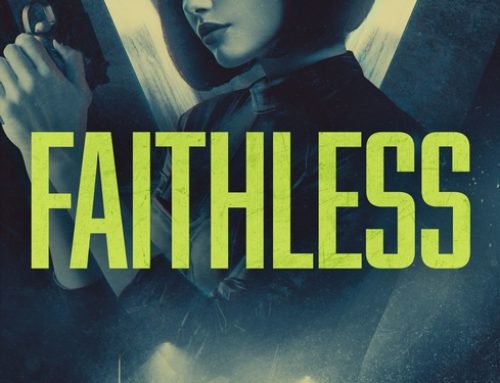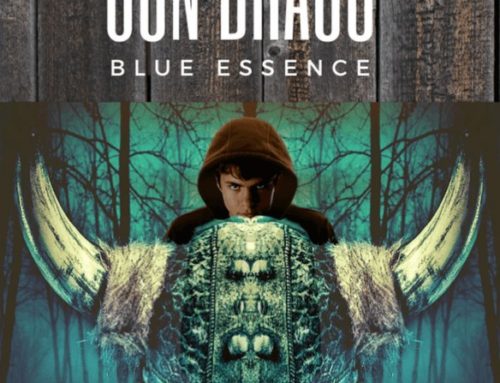Have you ever picked up a book and found yourself unable to put it down? Or maybe you’ve started reading something that felt like slogging through mud? The difference usually comes down to pacing.
Pacing is the rhythm and speed at which you tell your story. It’s what keeps readers turning pages at midnight or what makes them abandon your book after chapter two. Good pacing feels natural and keeps readers emotionally invested from the first page to the last.
Hook Readers Right Away
As a new writer, you could make the mistake of starting your story too slow, by spending too much time describing, for example, your character’s routine before anything exciting happens. The most effective way to begin your tale is to drop your readers in the middle of a struggle or conflict. Let them deal with a crisis, or have to make a difficult choice. If you can get your readers to care about your characters, they will stick around for the entire book.
Showing vs. Telling for Better Pacing
When you show important emotional moments through description and action, you naturally slow down the pace and give weight to what matters. You can speed things up by summarizing less important events.
If your character is sad, don’t just write “Alice was devastated.” Show her sitting in her car in the grocery store parking lot, unable to remember why she came there, watching other people go about their normal lives while hers feels completely upended. This makes the scene more impactful.
However, if she has to drive somewhere afterward, you can simply write how many minutes it took her to get there; there is no need to describe her journey and everything she encountered on the way.
The Three-Act Structure as Pacing Foundation
The three-act structure gives you a framework to control the rhythm of your stories.
- Setup
Here you introduce your characters, their world, and the initial problem at a measured pace. You shouldn’t rush this as your readers need time to get used to your setting and to start caring about your characters.
- Conflict
Gradually turn up the heat in your story. Each obstacle should feel bigger than the last, naturally increasing the pace as stakes rise higher.
- Resolution
You need to control how quickly you resolve things. A rushed ending feels unsatisfying, but dragging it out kills momentum.
Strategic chapter breaks and scene transitions can also help you set your pace. Ending a chapter mid-conflict makes readers want to keep going, while a quieter ending gives them a natural stopping point.
Play with Sentence Length and Structure
Short sentences create urgency and make readers’ hearts race during action scenes or moments of high tension. Using longer, more flowing sentences will help your readers absorb important character development or more detailed descriptions.
White space is also important. Paragraph breaks create visual breathing room and can slow down or speed up how readers move through your text.
Control What You Reveal and When
If you reveal too much too fast, it can kill the suspense in your story. If you hold back too long, readers will just end up frustrated. It’s like when you’re telling your friend about something exciting that happened to you. You give them just enough details to keep them asking questions.
When energy starts to lag in your story, consider using cliffhangers and revelations to speed up the pacing. Mystery should be balanced with clarity, as readers will get frustrated when they’re confused, and may stop reading.
Slower scenes give your characters time to grow and breathe. The contrast will make the exciting parts feel more exciting.
Conflict Drives Pace
Conflict also helps with pace, and you should layer the following types throughout your story.
- Internal conflict: Your character’s fears, doubts, and tough decisions
- Interpersonal conflict: Tension with other characters
- External conflict: Outside forces working against your character
Pace increases, as conflicts escalate. When conflicts are resolved, the pace will slow down again. Readers need the time to breathe before they experience the next challenge.
It’s a good idea to keep some tension even during the calm scenes, for example, your characters could be having dinner, but one of them has a secret that could change the storyline.
Clear Character Perspectives
Ensure you stick to one character’s perspective per scene, as readers could become confused about whose head they’re in, and your novel’s pacing will suffer. Use a chapter break or clear scene transition when you switch viewpoints.
Let your character’s emotional state influence the pacing. When they’re anxious, shorter sentences and quicker scene changes reflect that energy. When they’re contemplative, longer passages and deeper descriptions feel natural.
Edit with Pacing in Mind
Reading your work aloud can help you catch pacing problems. You’ll immediately hear where things drag or feel rushed. If you find yourself skipping sentences while reading aloud, that’s probably a section that needs tightening.
Cut scenes that don’t move the story forward, no matter how beautifully written they are. Add tension to scenes that feel flat. Sometimes all it takes is having a character worry about something or facing a small obstacle.
Develop Your Pacing Instincts
You can improve your pacing with practice. Create a regular writing routine where you can experiment with different rhythms and techniques. Read widely in your genre to understand how successful authors handle pacing.
Get feedback from both writers and your regular readers. Writers often focus on technical issues, while readers will tell you exactly where they got bored or confused.
You can also write the same scene at different paces, once as a quick summary, once with full description and dialogue. See how each version affects the story’s energy.
Trust Your Story’s Needs
Pacing isn’t just about following rigid rules. Every story has its own natural rhythm. A literary novel might have a completely different pace than your action-adventure story.
Pay attention to what your story needs. Some moments deserve slow, careful attention, while others need more activity.
Good pacing feels effortless to readers. Keep your readers emotionally invested and give them moments to breathe.
Your goal shouldn’t be to keep readers on the edge of their seats every single moment, but rather to create a rhythm that feels natural, engaging, and impossible to put down.
Get an Editorial Review | Get Amazon Sales & Reviews | Get Edited | Get Beta Readers | Enter the SPR Book Awards | Other Marketing Services






















Leave A Comment